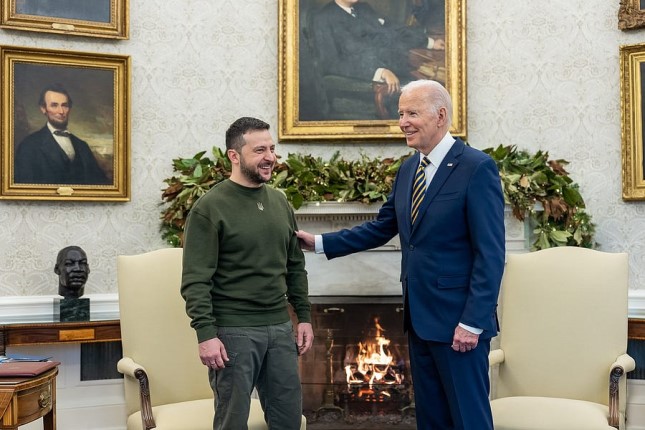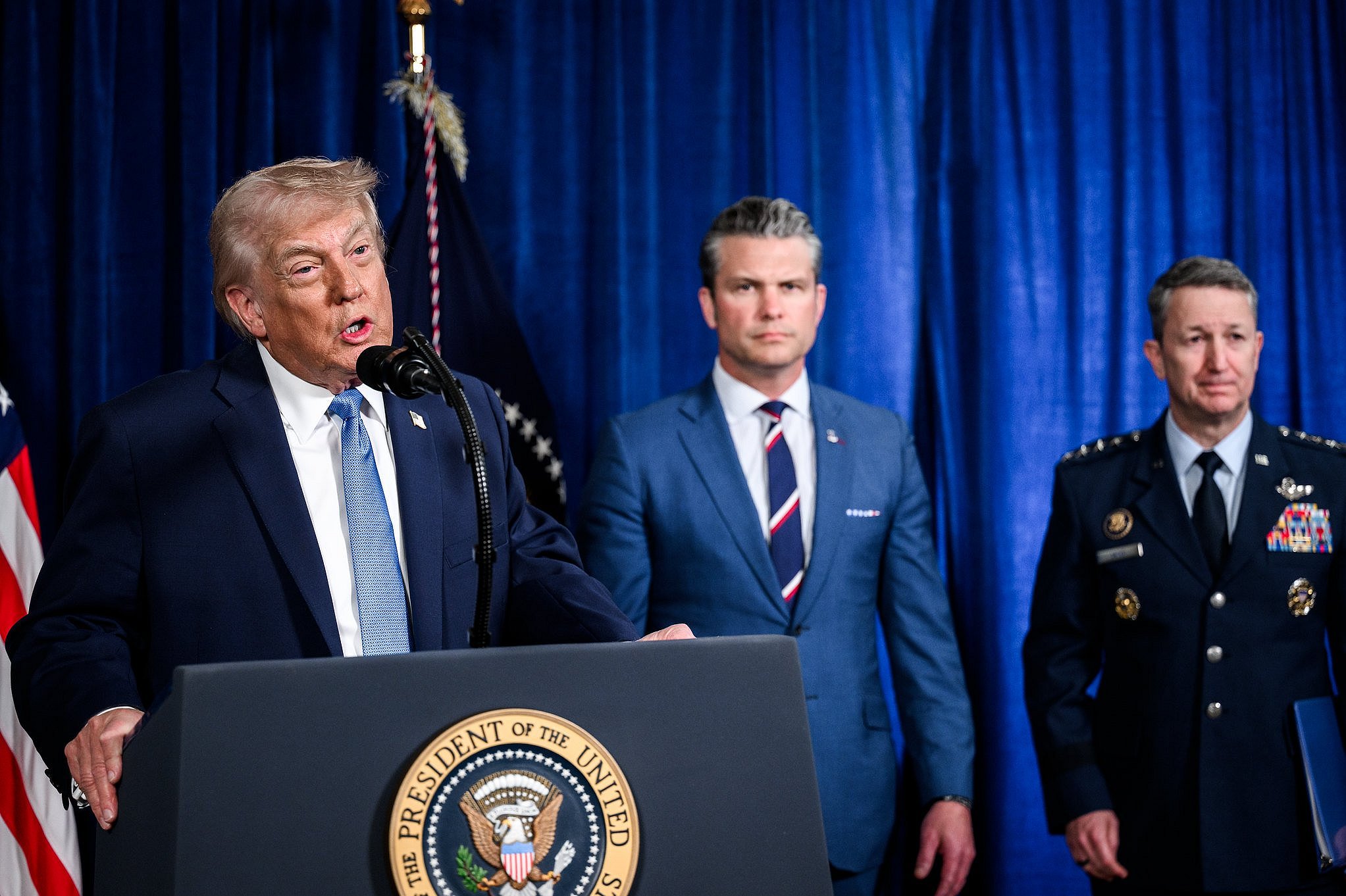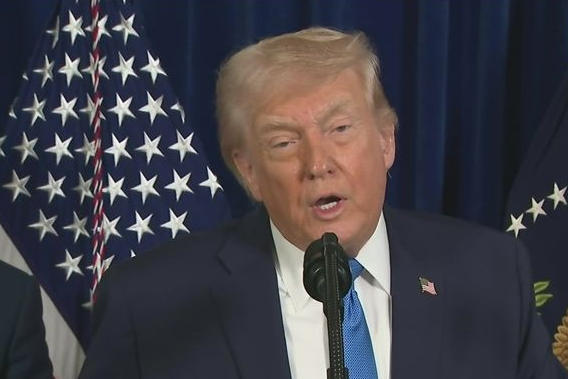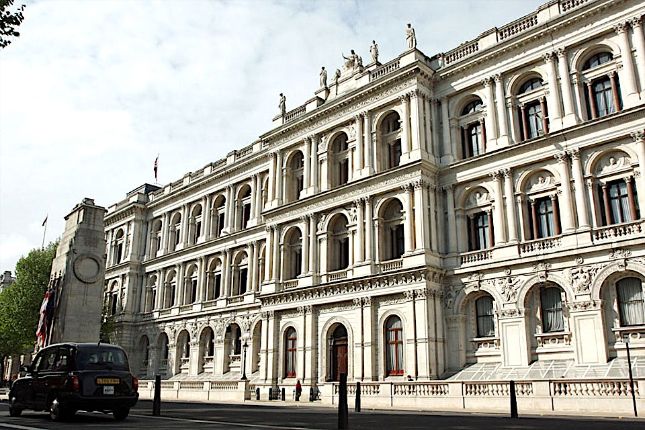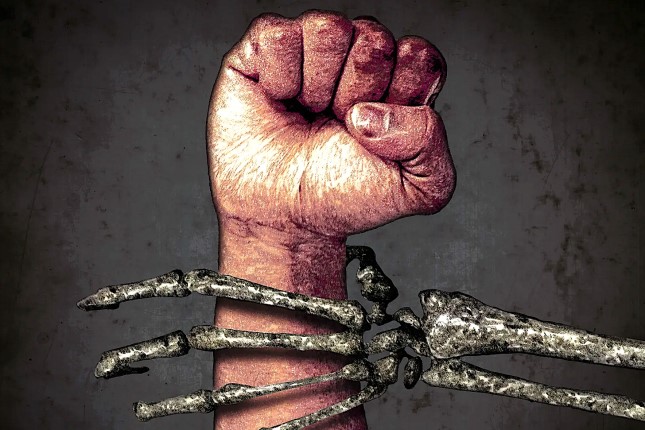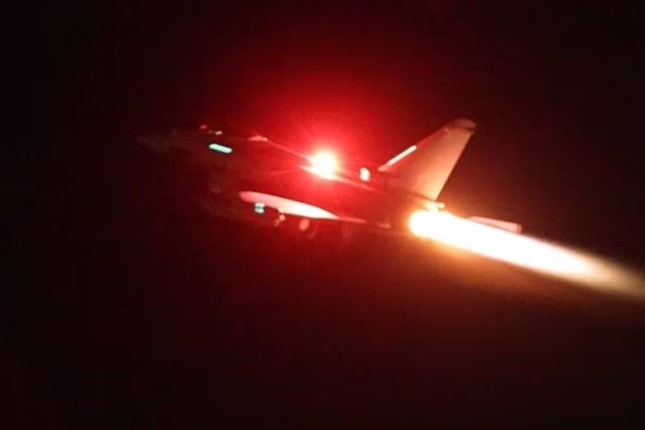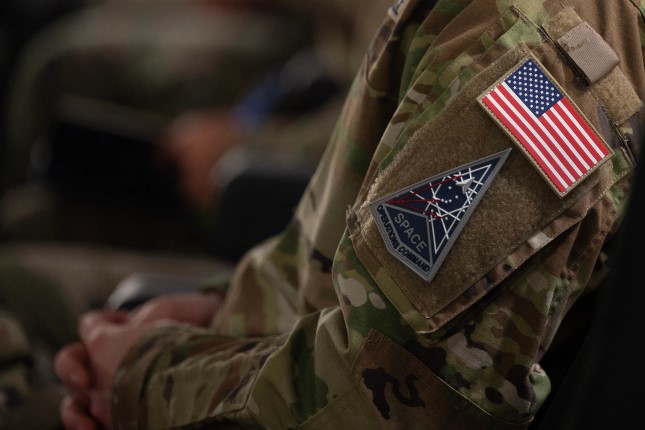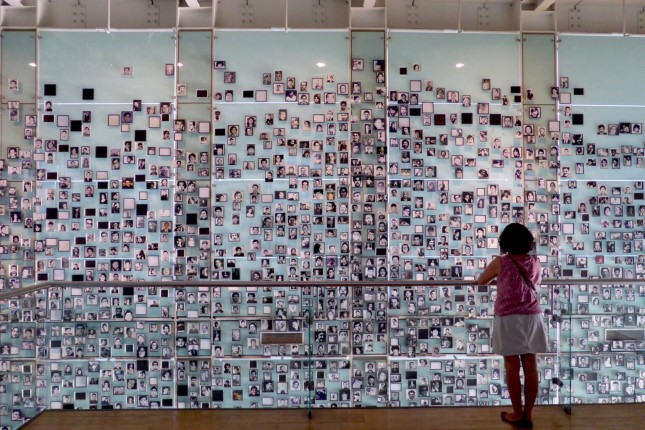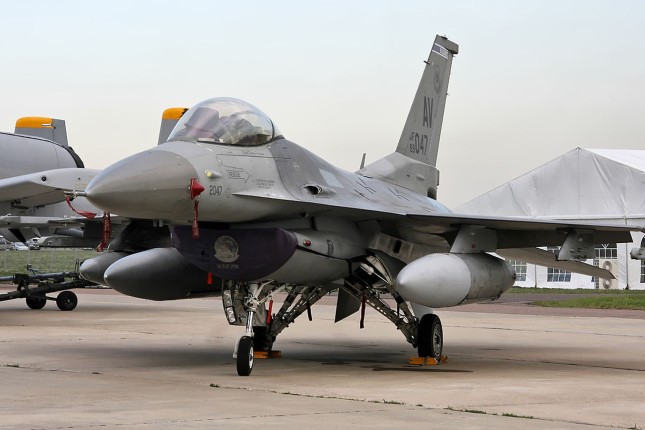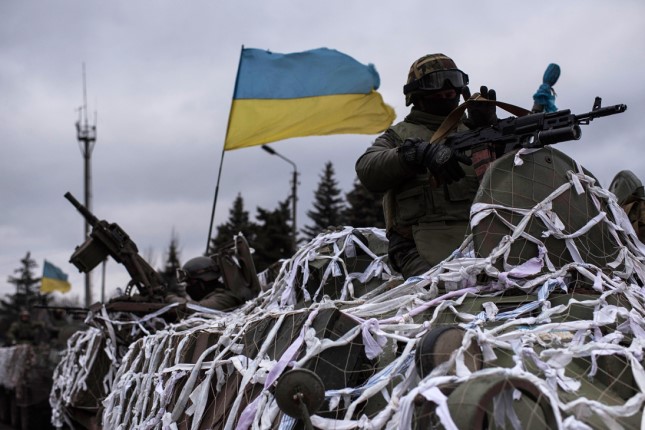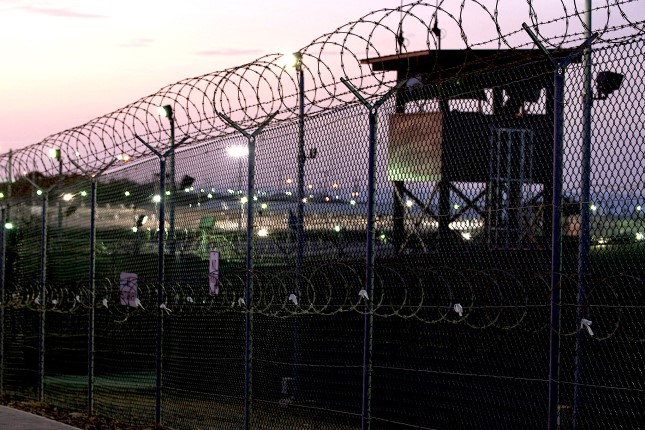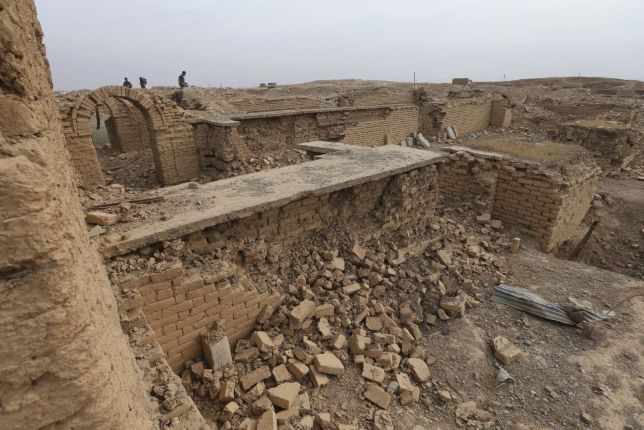The government of Ukraine, led by Volodymyr Zelensky, has used US taxpayer funds to pay dearly for the vital diesel that keeps the Ukrainian army moving in its war with Russia. It is unknown how much the Zelensky government is paying per gallon for the fuel, but the Pentagon paid as much as $400 per gallon (1 gallon is 4.5 liters, etc.) to transport gasoline from a port in Pakistan, via truck or parachute, into in Afghanistan during the decade-long American war there.
What is also unknown is that Zelensky has bought the fuel from Russia, the country Ukraine and Washington are at war with, and the Ukrainian president and many in his entourage have skimmed off (embezzled, among other things) countless millions of US dollars earmarked for diesel payments. An estimate by Central Intelligence Agency analysts puts the embezzled funds at at least $400 million last year; another expert compared the level of corruption in Kiev to that of the Afghan war, “but there will be no professional audit reports from Ukraine.” “Zelensky has been buying cheap diesel from the Russians,” a well-informed American intelligence official told me. “And who pays for the gas and oil? We do it. Putin and his oligarchs make millions from it.”
Many government ministries in Kiev have literally “competed,” I was told, to set up front companies for arms and ammunition export contracts with private arms dealers around the world, all of whom provide kickbacks. Many of these companies are in Poland and the Czech Republic, but others are believed to be located in the Persian Gulf and Israel. “I wouldn’t be surprised to hear that they’re also in places like the Cayman Islands and Panama, and there are a lot of Americans involved,” one American expert on international trade told me.
The issue of corruption was directly raised with Zelensky in a January meeting in Kiev with CIA Director William Burns. His message to the Ukrainian president, I was told by an intelligence official with direct knowledge of the meeting, was straight out of a 1950s gangster movie. The senior generals and authorities in Kiev were angered by what they saw as Zelensky’s greed, Burns told the Ukrainian president, because “he took a bigger share of the embezzled money than what went to the generals.”
Burns also presented Zelensky with a list of thirty-five generals and senior officials whose corruption was known to the CIA and others in the US government. Zelensky responded to American pressure ten days later by publicly dismissing ten of the most high-profile officials on the list and doing little else. “The ten he got rid of brazenly boasted about the money they had and drove around Kiev in their new Mercedes,” the intelligence service told me.
Zelensky’s half-hearted response and the White House’s lack of concern were seen, the intelligence official added, as another sign of a lack of leadership leading to a “total breakdown” of trust between the White House and some elements of the intelligence services. Another divisive issue, I’ve been told repeatedly in my recent reporting, is the sharp ideology and lack of political skill displayed by Secretary of State Tony Blinken and National Security Adviser Jake Sullivan. The president and his two most important foreign policy advisers “live in different worlds” than the experienced diplomats and military and intelligence officers who serve the White House. “They have no experience, judgment or moral integrity. They just tell lies, make up stories. Diplomatic denial is something else,” the intelligence service said. “It must be done.”
A prominent retired American diplomat who staunchly opposed Biden’s foreign policy toward China and Russia portrayed Blinken as little more than a “graded congressional staffer” and Sullivan as “a political campaign manager” who suddenly finds himself front and center in the world of high diplomacy “without empathy for the opposition. They’re decent guys,” he added, “but now we’ve turned the political world and the energy world upside down. China and India now sell refined gasoline to the Western world. It’s just business.”
The current crisis is not helped by the fact that Putin is also acting irrationally. The intelligence official told me that everything Putin has done in Ukraine is against Russia’s long-term interests. Emotions have overcome rationality and he does things that are totally unproductive. And then we’re going to sit down with Zelensky and Putin and find out? Not a chance.”
“There is a total breakdown between the White House leadership and the intelligence community,” the intelligence official said. The rift goes back to the fall, when Biden, as I reported in early February, ordered the covert destruction of the Nord Stream pipelines in the Baltic Sea. “Destroying the Nord Stream pipelines was never discussed, or known in advance, by the intelligence community,” the official told me. “And there is no strategy to end the war. The US spent two years planning the Normandy invasion in World War II. What will we do if China decides to invade Taiwan?” The official added that the National Intelligence Council has yet to order one National Intelligence Estimate (NIE) to defend Taiwan against China, which will provide national security and political guidance should such an event occur. There is no reason yet, despite repeated US political provocation from both Democrats and Republicans, the official said, to suspect that China has any intention of invading Taiwan. The country has lost billions building its wildly ambitious Belt and Road Initiative that aims to link East Asia to Europe and investing, perhaps sometimes foolishly, in ports around the world. “The point is,” the official told me, “that there is no working NIE process anymore.”
“Burns is not the problem,” the official said. “The problem is Biden and his key lieutenants – Blinken and Sullivan and their congregation – who view those who criticize Zelensky as pro-Putin. We are against evil. Ukraine will fight “until the last military grenade is gone, and still fight.” And here’s Biden telling America that “we’re going to fight as long as it takes.”
The official cited the little-known and rarely discussed deployment, authorized by Biden, of two brigades of thousands of America’s best military combat units to the region. A brigade from the 82nd Airborne Division has been training and exercising intensively from its base inside Poland within a few miles of the Ukrainian border. It was reinforced late last year by a brigade from the 101st Airborne Division deployed to Romania. The actual manpower of the two brigades, including administrative and support units – with trucks and drivers hauling the constant stream of weapons and military equipment flowing by sea to keep the units combat-ready – may number more than 20,000.
The intelligence officials told me that “there is no evidence that any senior White House official really knows what is going on with the 82nd and 101st Divisions. Are they there as part of a NATO exercise or to carry out missions with NATO combat units if the West decides to engage Russian forces inside Ukraine? Are they there to exercise or be a release mechanism? The rules of engagement say they cannot attack Russians unless our boys are attacked.”
“But the juniors run the show here,” the official added. “There is no NSC coordination and the US Army is getting ready to go to war. It has no idea if the White House knows what’s going on. Has the president gone to the American people with an informative broadcast about what is going on? The only briefings the press and public receive today are from White House spokespeople.
– This is not just bad leadership. There is nobody. Zero.” The official added that a team of Ukrainian fighter pilots is now being trained here in America to fly US-built F-16 fighter jets, with the goal, if necessary, of flying into combat against Russian troops and other targets inside Ukraine.” No decision has been taken on such deployment.
The clearest statements about American policy have come not from the White House, but from the Pentagon. Army General Mark A. Milley, who is chairman of the Joint Chiefs of Staff, said of the war last March 15:
“Russia remains isolated. Their military stocks are rapidly being depleted. Their soldiers are demoralized, untrained, unmotivated conscripts and convicts, and their leadership is failing them. Having failed in its strategic goals, Russia is increasingly dependent on other countries, such as Iran and North Korea. . . . This relationship is built on suppressing freedom, undermining freedom and maintaining their tyranny. . . . Ukraine is still strong. They are skilled and trained. Ukrainian soldiers are . . . strong in their fighting units. Their tanks, infantry fighting vehicles and armored vehicles are only going to strengthen the front line.”
There is evidence that Milley is as optimistic as he sounds. I was told that two months ago the Joint Chiefs had ordered members of the staff — the military phrase is “the mission” — to draft an end-of-war treaty to be presented to the Russians after their defeat on the battlefield in Ukraine.
If worse comes to worst for the undermanned and outgunned Ukrainian army in the coming months, will the two US brigades join forces with NATO troops and face the Russian army inside Ukraine? Is this the plan, or the hope, of the US president? Is this the one the speech by the fireplace (alludes to the fireside chats, a series of radio speeches Franklin D. Roosevelt made between 1933 and 1944, among others) that he will make? If Biden decides to share his thoughts with the American people, he might want to explain what two Army brigades, fully manned and supplied, are doing so close to the war zone.
Main photo: President Biden with Ukrainian President Volodymyr Zelensky, Wednesday, December 21, 2022, in the Oval Office © Official White House.
Source: Seymourhersh.
